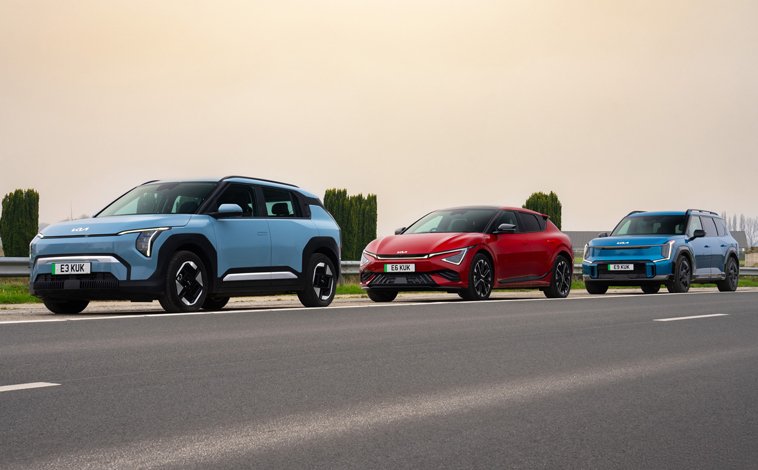Mazda looks to an EV-powered future
October 2, 2018
Mazda will launch its first Electric Vehicles in 2020 as part of its ‘Sustainable Zoom-Zoom 2030’ long-term technology development programme. The company will initially launch two battery EVs – one powered solely by battery, the other pairing a battery with Mazda’s small, lightweight and exceptionally quiet rotary engine as a range-extender.
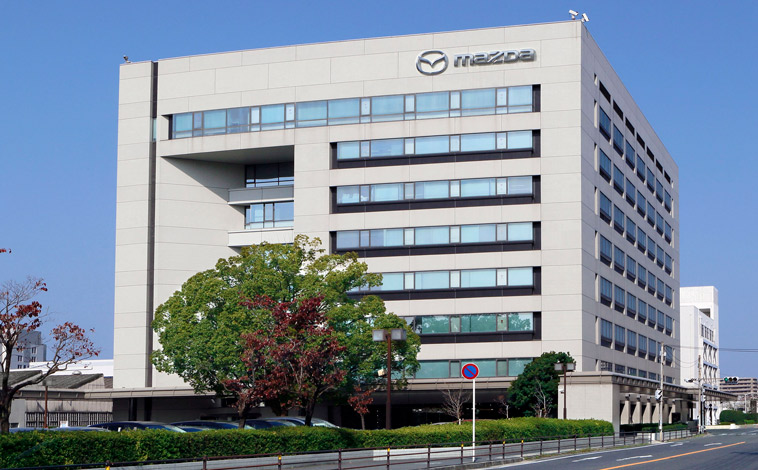
The range-extender will recharge the battery when necessary to increase the vehicle’s driving range, eliminating the range anxiety which continues to trouble a high percentage of battery EV users.
The rotary engine’s small size and high power output make multiple electrification technology solutions possible via a shared packaging layout. Taking advantage of the rotary engine’s compatibility with gaseous fuels, the rotary-powered range extender is designed to also burn liquefied petroleum gas and provide a source of electricity in emergencies.
Expecting that internal combustion engines combined with some form of electrification will account for 95 per cent of the vehicles it produces in 2030 (with battery electric vehicles accounting for the remaining 5 per cent), Mazda will continue to focus on maximising the efficiency of the internal combustion engine, as exemplified by its latest, new-generation SKYACTIV-X petrol engine, which combusts through compression ignition.
Mazda is committed to reducing its corporate average ‘Well-to-Wheel’ CO2 emissions to 50 per cent of 2010 levels by 2030, and to 90 per cent by 2050. But the company is also committed to the principal of the right solution at the right time and, since energy availability and automotive power source fitness vary from region to region, in the right place.
Clearly, the electric power generation system in any given region determines how much an EV can contribute to ‘Well-to-Wheel’ reductions in CO2 emissions. And with CO2-emitting thermal power generation still globally predominant, a goal to reduce those emissions is likely to diversify fuel options in the immediate future.
In addition to alternative fuels including compressed natural gas, liquefied petroleum gas and even hydrogen, the automotive industry is also researching the viability of recyclable liquid fuels such as biofuels from microalgae growth.
Mazda considers the development of the latter critical to achieving the carbon neutrality of cars powered by the internal combustion engine, and is already involved in joint research projects and studies with the Tokyo Institute of technology and Hiroshima University as part of an ongoing, industry-academia-government collaboration.
Mazda hopes to further the contributions of its ‘Sustainable Zoom-Zoom 2030’ vision to society by sending EVs with the range-extender to areas affected by natural disasters, providing LPG-generated electricity for those in need.
Ever committed to the pursuit of driving pleasure, Mazda will also be exploiting the advantages of electric drive in combination with the company’s proprietary technologies to produce EVs that not only comply with ever tightening environmental restrictions, but also fulfil its ongoing commitment to Hashiru Yorokobi – the ‘exhilaration of driving’ – through its Jinba Ittai driver and car as one design and engineering philosophy.
Latest News
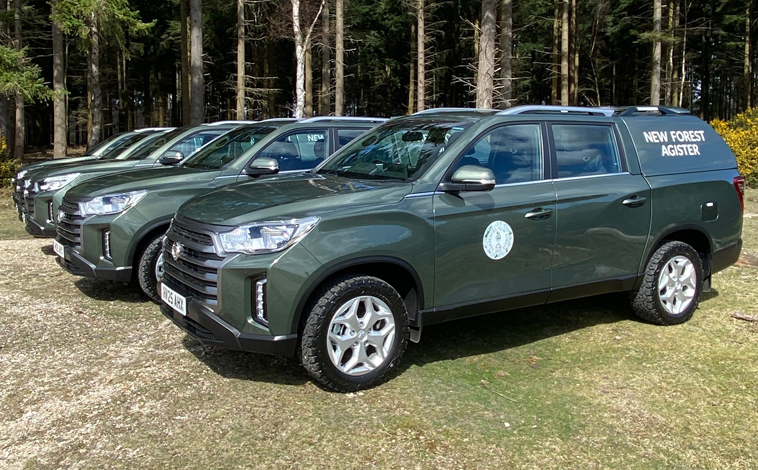
Duty calls for five KGM Musso pick-ups
KGM Motors UK, formerly SsangYong, is proud to support the Verderers of the [...]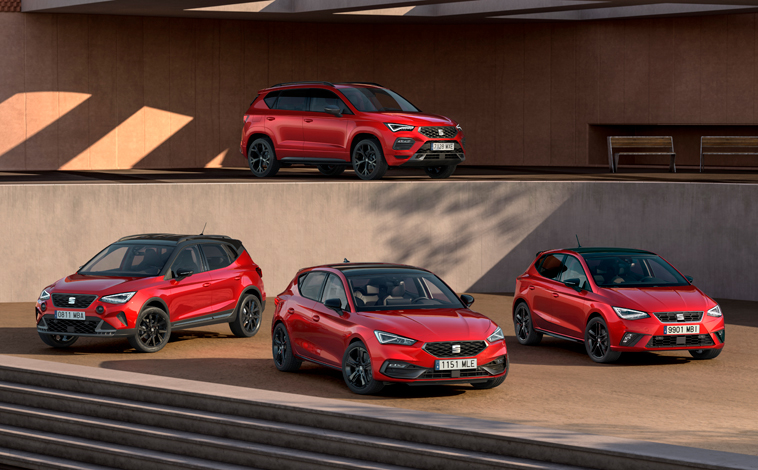
SEAT launches a new Black Edition trim
Order books for the SEAT Black Editions have opened with drivers offered the [...]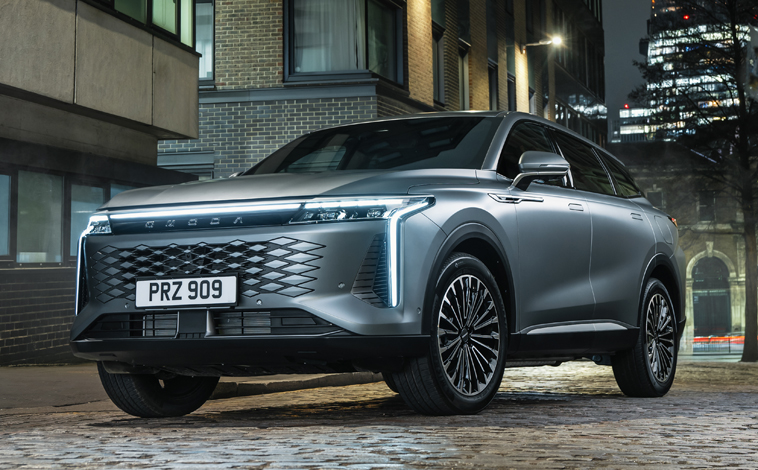
OMODA announces new model pricing
OMODA has officially revealed pricing and opened the order books for its flagship [...]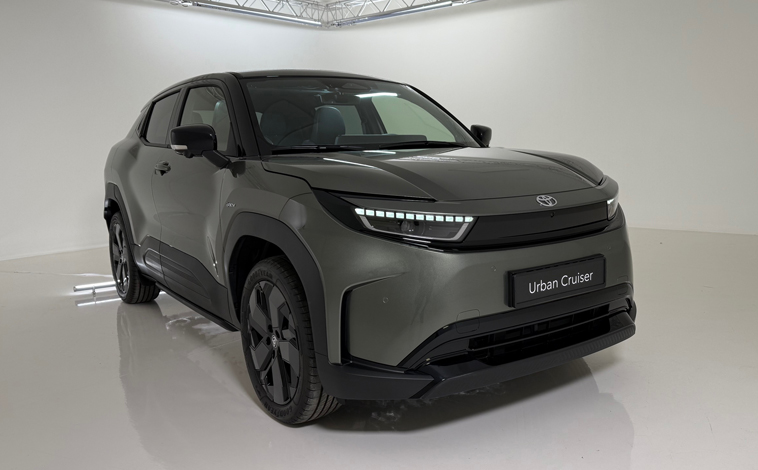
Toyota unveils its new Urban Cruiser
Toyota has officially launched its all-new compact SUV, the Urban Cruiser, at its [...]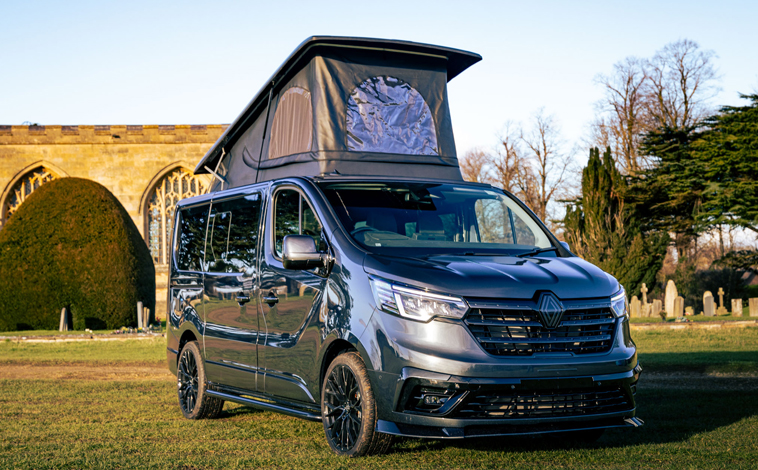
Carry on camping with Renault Trafic
The Renault Trafic is proving the perfect model for a brand new, off-grid, [...]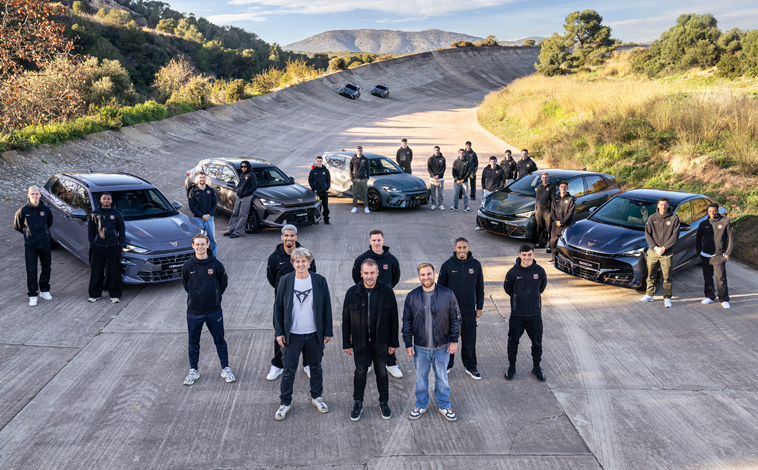
Barcelona players go track racing
Barcelona men’s football team players customised their new CUPRAs, after testing them during [...]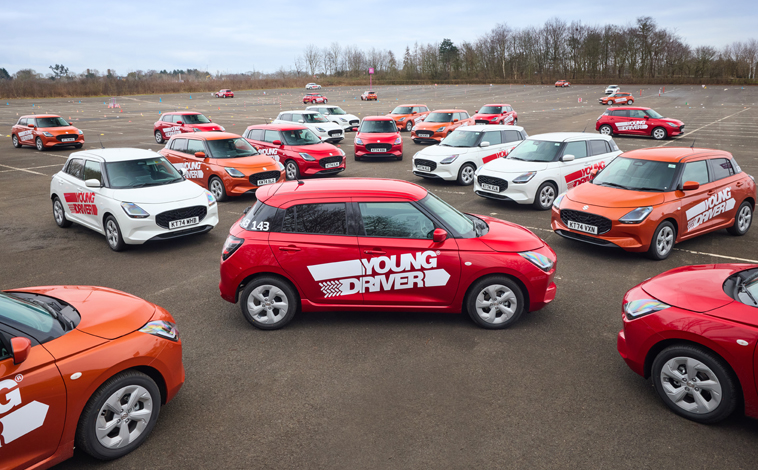
Suzuki Swift to Young Driver’s rescue
Young Driver, the UK’s foremost under-17s driver-training company, has just taken delivery of [...]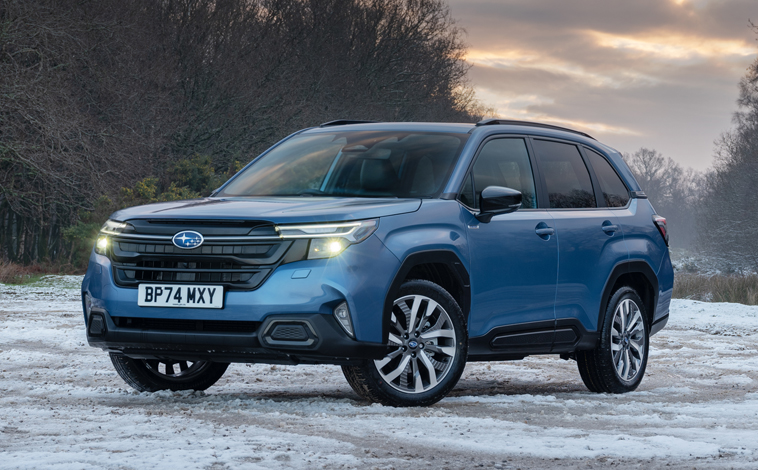
New Subaru Forester is right on track
Subaru UK & Ireland has announced the pricing and specifications for the all-new, [...]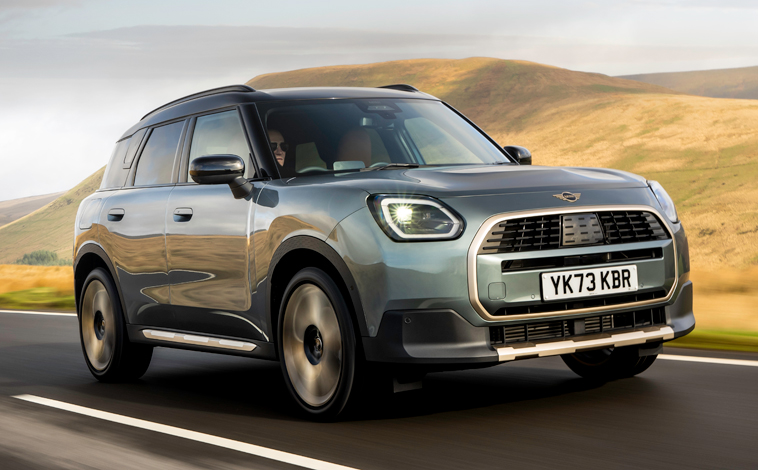
Optional upgrades for the MINI family
Following the successful launch of the new MINI family, a range of additions [...]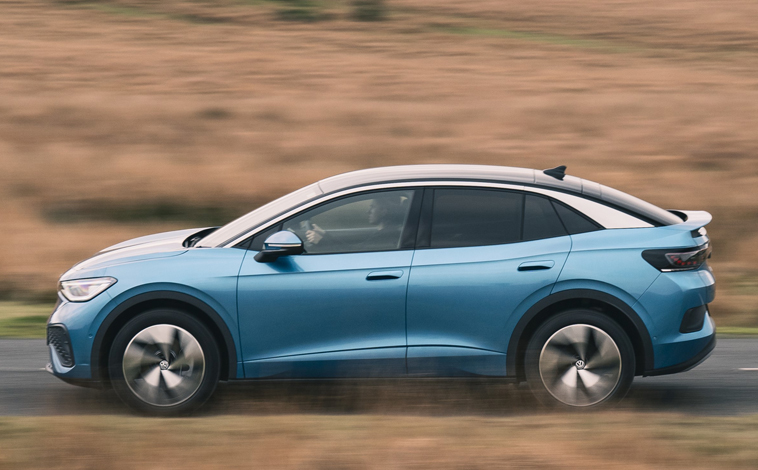
Save £1,000 when ordering a new VW EV
Anyone ordering a new Volkswagen electric vehicle between now and March 3 this [...]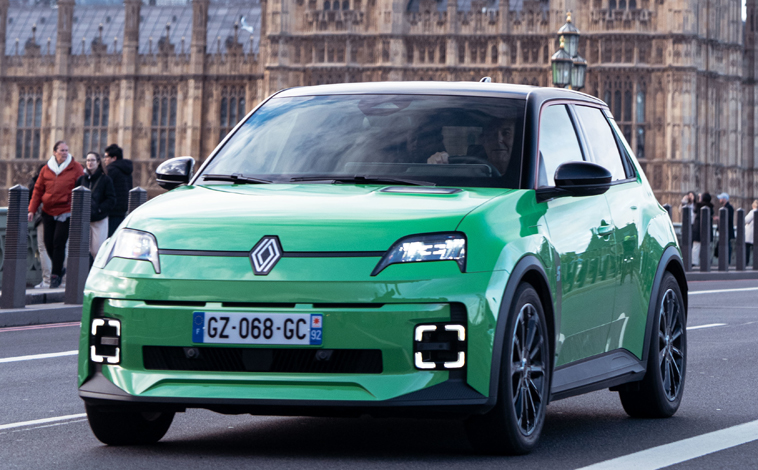
Get priority access to the new Renault 5
The Renault 5 E-Tech electric is available to order for R-Pass customers, giving [...]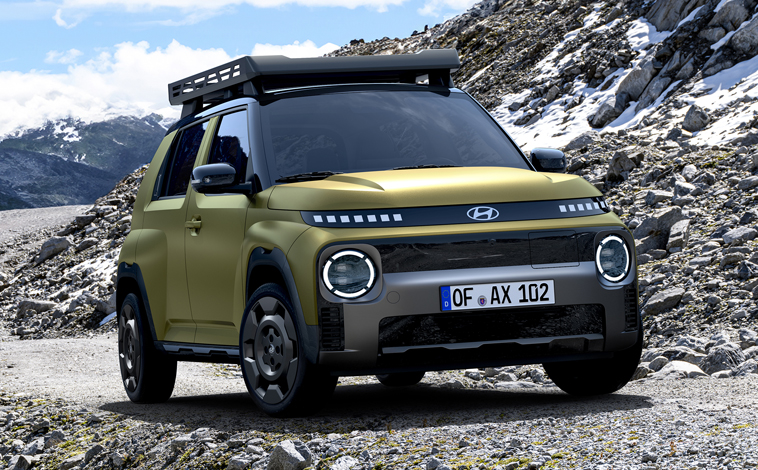
Inster Cross has an adventurous side
Hyundai has announced pricing and specification for the Inster Cross, the all-new EV’s [...]
WWCOTY announces its finalists for 2025
The Women’s Worldwide Car of the Year (WWCOTY) has announced the winners of [...]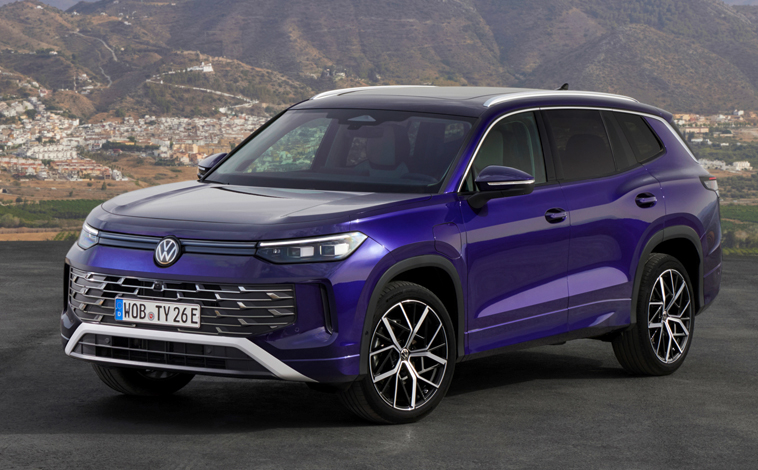
Prices announced for VW’s new Tayron
The all-new Volkswagen Tayron goes on sale in the UK on January 9 [...]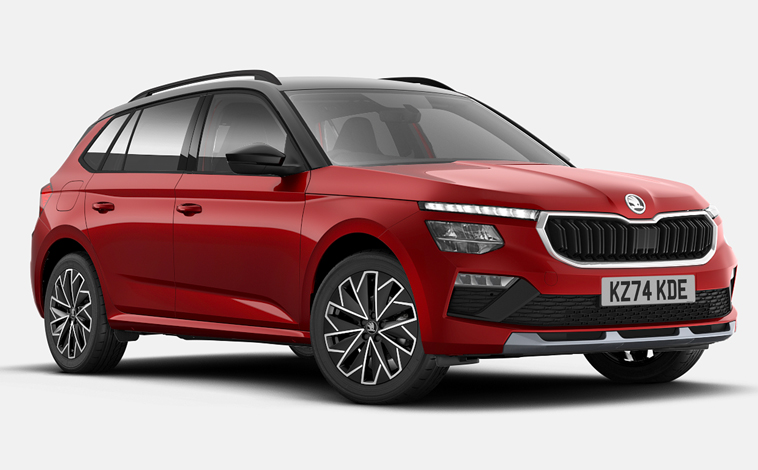
Skoda adds Design trim to Kamiq range
Škoda is building on the success of its award-winning Kamiq range by adding [...]